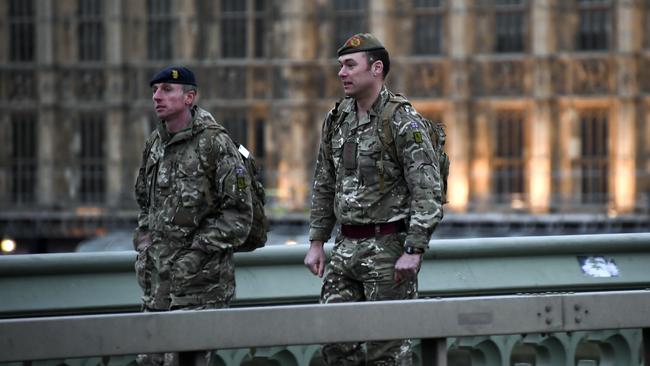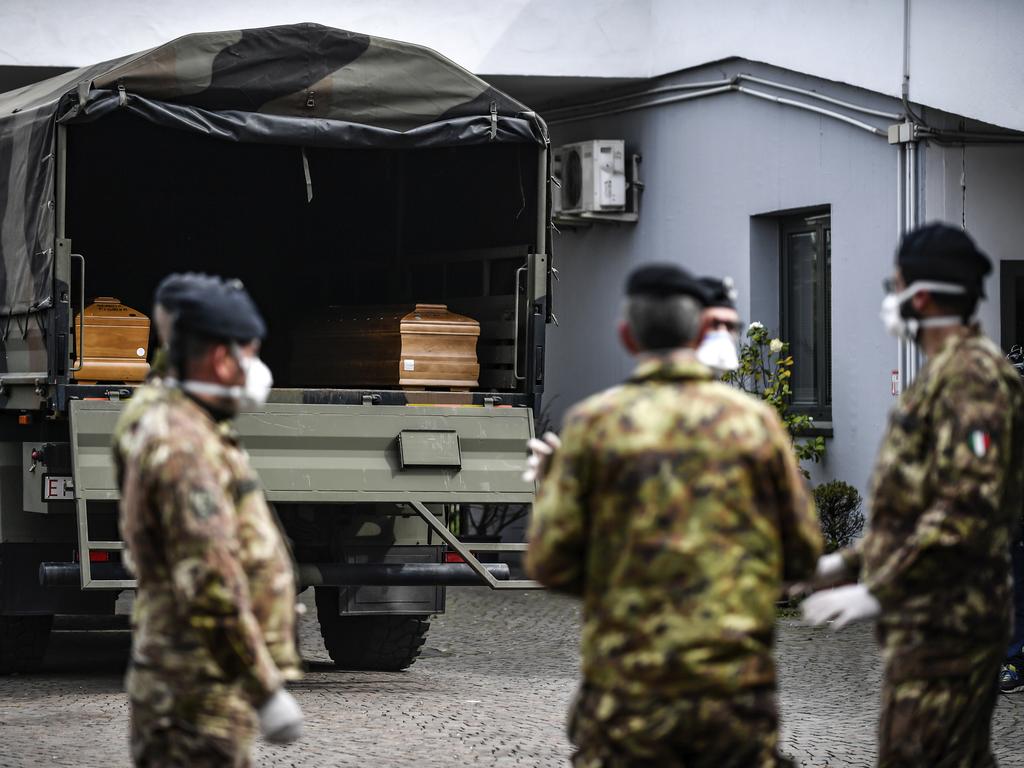Coronavirus: Will COVID-19 wax and wane with the weather?
Statistics say COVID-19 hot spots occur in cities of similar average temperatures.
In Milan, where in a different time skiers would fly in to access the Alps, the city remains in lockdown. A thousand miles south in Syracuse, where the nearest skiing is of the watery kind, there have been only a few dozen cases.
In Wuhan, where stallholders at animal markets sometimes have to shake snow off their awnings in winter, residents fear a return of the virus that closed the city. Yet in Hanoi, where temperatures hit 32C Wednesday, markets do a brisk trade in exotic animals while being barely troubled by such concerns.
In Britain too, where each winter the wards fill with a symphony of seasonal sniffles, the NHS awaits the coming onslaught. The question – one that many have not even let themselves ask for fear of false hope – is whether this virus, too, will prove to be seasonal?
Now spring has arrived and the UK has switched to British Summer Time, could this abundance of recent sunlight be the best disinfectant? Could a meteorological deus ex machina succeed where the efforts of the World Health Organisation has not, and give us a reprieve?
Look at the WHO map of the coronavirus outbreak, and it is difficult to avoid spotting a pattern. This seems to be a disease of the temperate north. If you live somewhere that sees a frost, then coronavirus has found a way to infect you. If you don’t, generally it hasn’t.
The statistics back that up. There is, say researchers from the University of Maryland, “a striking similarity in the measures of average temperature” in those cities that have become viral hot spots. Looking at each of the locations that have seen significant outbreaks, they noted that the timing of the outbreak “coincides with a nadir in the yearly temperature cycle” – and that they fitted in the same latitude.
“Coronavirus disease … has established significant community spread in cities and regions along a narrow east-west distribution roughly along the 30-50 N’ corridor at consistently similar weather patterns of average temperatures of 5-11C, combined with low … humidity,” they wrote. In other words, it spreads in places like Britain. Of course, places like Britain do not stay like it – climatically – for long. That is why, these scientists said, this has the classic hallmarks of a seasonal virus.

Their interpretation is that the disease will wax and wane with the weather. Like a bird migrating with the seasons it will traverse the globe – a viral monsoon that arrives each year as the temperature dips below a critical threshold. In this scenario we will, as with flu, have time to regroup and recover in summer, ready to face a second wave come December.
It is impossible to know for certain whether this will happen – the world has never seen a summer with this coronavirus – but it is possible to make an educated guess. To do so we can look to its relatives, to other coronaviruses that have lived with us for longer.

Harvard scientists have studied HCoV-OC43 and HCoV-HKU1, two coronaviruses whose relatively benign nature meant they never gained the fame of their pandemic cousin. They, too, exhibit seasonality. This is not surprising. Unlike parasites and bacteria that like warm and wet conditions, viruses generally prefer the cold. They need dry air behind shut windows to spread reliably. Like flu, it seemed that these viruses liked the cold.
There was one other lesson that the Harvard team inferred from HCoV-OC43 and HCoV-HKU1. These related viruses also only induce about nine months’ immunity. Catch them one winter and your body is still ready to be reinfected next year. The scientists’ assessment? If the novel coronavirus behaves like them and nothing is done to eradicate it we should expect “the establishment of annual outbreaks.”
This is alarming and, in some ways, comforting. There is something apt about the idea that the virus inhabits winter, that this bringer of death lives among death – and flees from the warming light of the sun.
The crucial question, though, is how strong is this effect? And can we rely on it in our pandemic planning? Could it be enough, for instance, for restrictions to be lifted in the summer?

By looking at only Chinese cities, where conditions and the medical systems were similar enough to make reliable comparisons, researchers have been able to put a number to this question. They have done so using something called the “reproduction number”, which is the most important variable in pandemic planning. It tells you how many new infections result from each previous one. If you get infected, how many people do you go on to infect? Across the world, governments are trying to bring this number down below 1. If each person infects fewer than one person, then the epidemic dies.
For coronavirus in Britain, the reproduction number is somewhere between 2.5 and 3.5.
In their paper, researchers from Beihang University calculated the reproduction number for all 100 Chinese cities with more than 40 cases. Then they looked at the weather.
For each degree change in average temperature, the number fell by 0.04. This is indeed good news for Britain, but not great news. In August, we can expect the reproduction number to drop by about 0.6 or, by less than the present uncertainty we have on its value. So it might fall to somewhere between 1.9 and 2.9. This will not come close, in other words, to tipping it below the magic figure of 1. Ladies’ Day at Ascot will not happen. Lord’s will not see any sixes. Not a single strawberry will be doused in cream at Wimbledon.
The best guess of scientists, then, is that summer will help, but not by much. Coronavirus might have started in bats, but it will not flee, like a viral vampire, from the sun. If left unchecked it will still spread.
Neil Ferguson, the Imperial College professor whose modelling has been crucial in the government’s tightened epidemic response, was asked to give his opinion on how much the country should rely on spring. Speaking to the House of Commons over video link while he was recovering from coronavirus infection, he was downbeat.
“It is plausible that this virus will show similar patterns to other respiratory viruses,” Professor Ferguson said. “That suggests the transmissibility of the virus will be somewhat reduced in the summer, but not by more than 10-20 per cent. Our best guess is that you could still get a large epidemic in the summer.” As he was speaking, India, which had temperatures of 34C last week, put a billion people in lockdown. From the Himalayas to the Indian Ocean, a subcontinent was stilled. It was the biggest bet yet that while coronavirus might prefer the cold, it will be a scourge of the summer too.
The Times







To join the conversation, please log in. Don't have an account? Register
Join the conversation, you are commenting as Logout